Yesterday Today Tomorrow Plant, Brunfelsia pauciflora
This product is available for shipping only in Bangalore
Yesterday today tomorrow plant, Brunfelsia pauciflora ‘floribunda’, gets its name from the color of its flowers. The two-inch blossoms open purple; the next day they are lavender, and the third day they are almost white. This gives an attractive variety of color to the evergreen shrub. Yesterday, today, tomorrow shrubs will grow in any light exposure from sun to shade, but they do best when they receive morning sun and afternoon shade or dappled sunlight all day. They aren’t picky about soil type, but the planting location should be well-draining.
Plant Height: approx 3 feet including the pot
Pot size : 9 inches nursery pot
- Estimated Delivery : Up to 3 business days
- Free Shipping & Returns : On all orders over ₹550 in Bangalore
Yesterday Today Tomorrow Plant (scientific name: Brunfelsia pauciflora) is a popular ornamental shrub known for its striking display of flowers that change colors over time. The plant gets its common name from its unique blooming pattern, where flowers open purple, fade to lavender the next day, and turn white by the third day. This Brazilian native is valued for its aesthetic appeal and is often used in gardens and landscapes. Here’s a guide to caring for the Yesterday, Today, and Tomorrow Plant:
1. Light Requirements
- Partial Shade to Full Sun: Brunfelsia pauciflora thrives in partial shade to full sun. It performs best when it receives morning sunlight and afternoon shade, especially in hotter climates.
- Bright, Indirect Light: If grown indoors, place the plant near a window where it can receive bright, indirect light.
2. Watering
- Consistent Moisture: Water regularly to keep the soil consistently moist but not soggy. The plant prefers evenly moist soil, especially during the growing season (spring and summer).
- Water Deeply: Water deeply to reach the root zone and allow the top inch of soil to dry slightly between waterings. Avoid waterlogging, as it can lead to root rot.
- Reduce Watering in Winter: During the dormant period in winter, reduce the frequency of watering, allowing the soil to dry out more between waterings.
3. Soil
- Well-Draining, Slightly Acidic Soil: Brunfelsia pauciflora prefers well-draining, slightly acidic soil with a pH range of 5.5 to 6.5. A mix of garden soil, peat moss, and sand or perlite works well.
- Enrich with Organic Matter: Adding organic matter, such as compost, improves soil fertility and drainage.
4. Temperature and Humidity
- Warm Temperatures: This plant thrives in warm, tropical to subtropical climates. Ideal temperatures range from 60-80°F (15-27°C). It is not frost-tolerant and should be protected from temperatures below 50°F (10°C).
- Moderate to High Humidity: The plant prefers moderate to high humidity levels. In dry indoor environments, consider misting the plant regularly or using a humidifier.
5. Fertilizing
- Regular Feeding: Fertilize the plant every 4-6 weeks during the growing season with a balanced, water-soluble fertilizer (e.g., 10-10-10) to encourage healthy growth and flowering.
- Organic Options: Use organic fertilizers, such as compost or well-rotted manure, to provide nutrients and improve soil health.
6. Pruning and Maintenance
- Prune After Flowering: Prune the plant after the blooming period to shape it and remove any dead, diseased, or weak branches. Pruning encourages bushier growth and more abundant flowering.
- Remove Spent Blooms: Deadheading spent flowers can help maintain the plant’s appearance and promote continuous blooming.
7. Propagation
- Stem Cuttings: Brunfelsia pauciflora can be propagated through stem cuttings. Take 4-6 inch cuttings from healthy, non-flowering stems. Remove the lower leaves, dip the cut end in rooting hormone, and plant it in a potting mix. Keep the soil moist and the cutting in a warm, humid environment until roots develop.
- Seeds: Propagation by seeds is possible but less common, as it takes longer to establish.
8. Pests and Diseases
- Common Pests: The plant may be susceptible to pests like aphids, spider mites, and whiteflies. Regularly inspect the plant and treat infestations with insecticidal soap or neem oil.
- Fungal Issues: Ensure good air circulation around the plant and avoid overhead watering to prevent fungal infections such as powdery mildew.
9. Flowering
- Bloom Season: The plant typically blooms in spring and summer, producing clusters of flowers that change colors from purple to lavender to white over three days.
- Encouraging Blooms: Consistent watering, adequate light, and regular feeding will promote more abundant flowering.
10. Toxicity
- Toxic to Pets and Humans: Brunfelsia pauciflora is toxic if ingested. It contains compounds that can cause symptoms like vomiting, diarrhea, and tremors. Keep it out of reach of pets and children.
11. Container Growing
- Pot Requirements: If growing in a container, choose a large pot with drainage holes to prevent waterlogging. Use a high-quality, well-draining potting mix.
- Repotting: Repot every 1-2 years or when the plant becomes root-bound. Refresh the potting mix and choose a slightly larger pot.
12. Overwintering
- Indoor Protection: In colder regions, bring the plant indoors before the first frost. Place it in a bright location and continue to water sparingly during winter.
By following these care tips, your Yesterday, Today, and Tomorrow Plant will flourish, providing a beautiful and ever-changing display of flowers that can brighten any garden or indoor space. Its unique blooming habit and vibrant colors make it a favorite among gardeners looking for an eye-catching, easy-to-care-for plant.
** Plants photos are for representation purpose only. We will make best efforts to send the plants as in photos itself, however it is not always guaranteed as plants might overgrow or shrink depending on the season, care or age. Trust us, we want to give you the best.

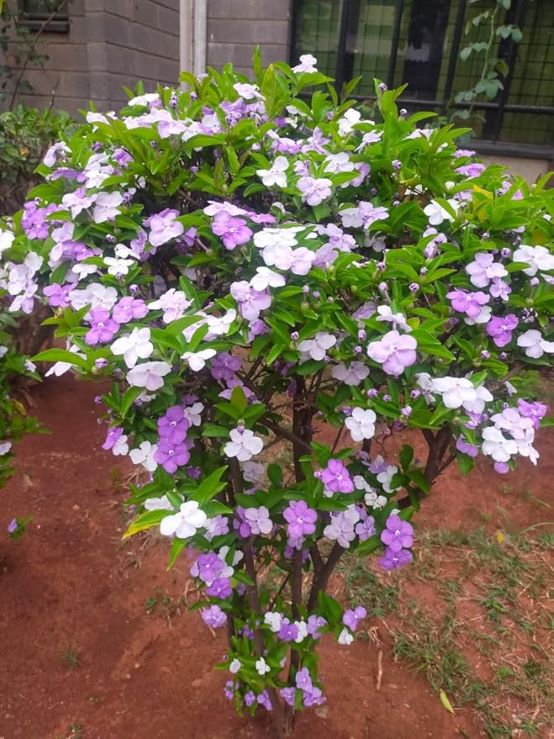

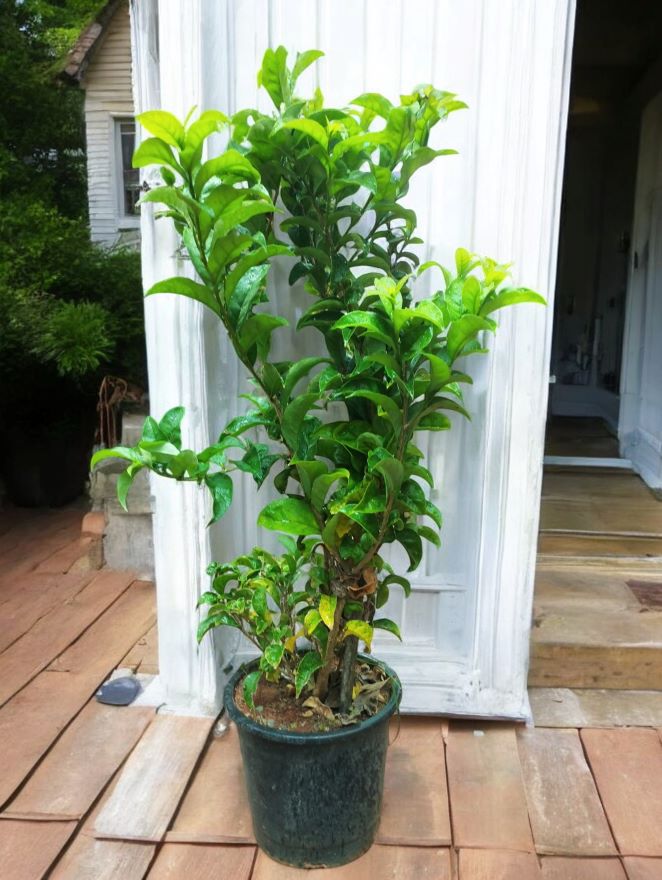
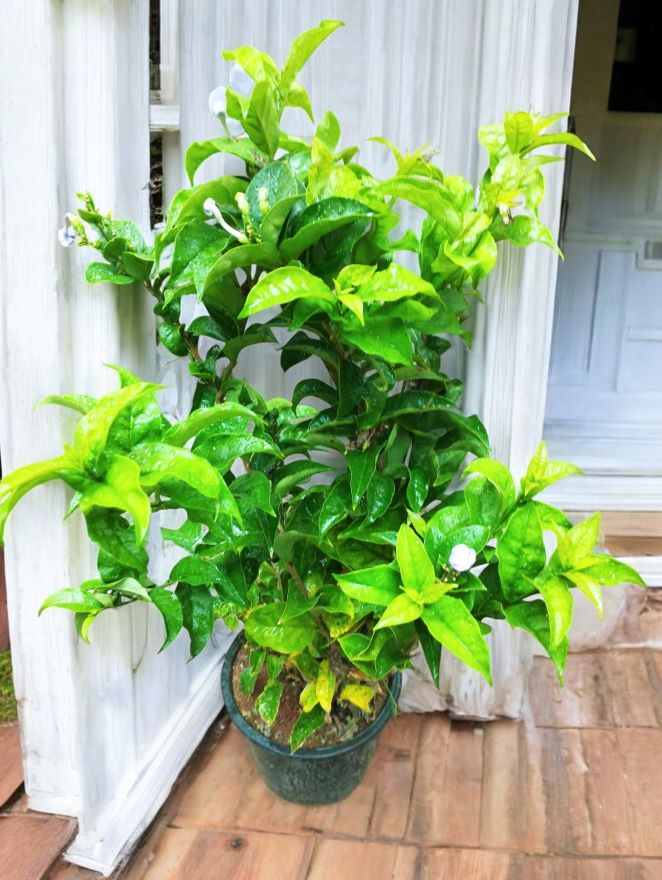
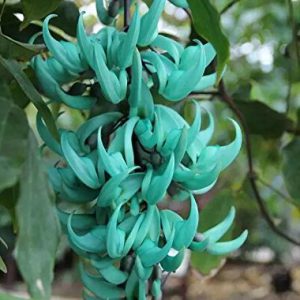

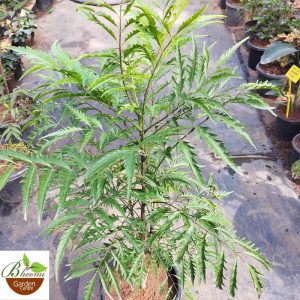
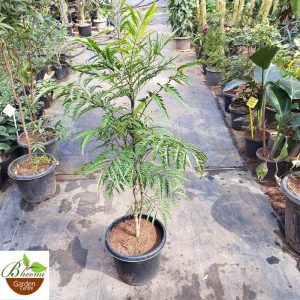
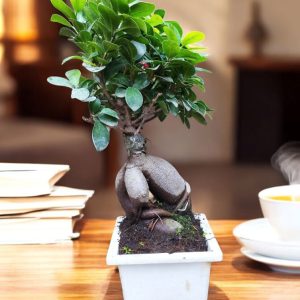
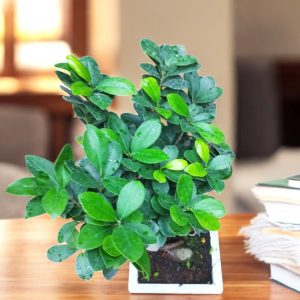

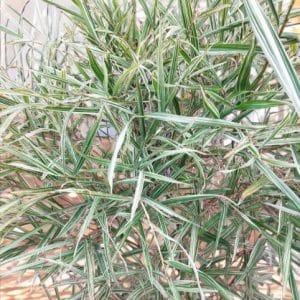
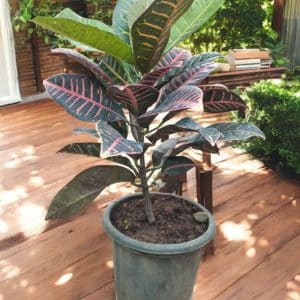
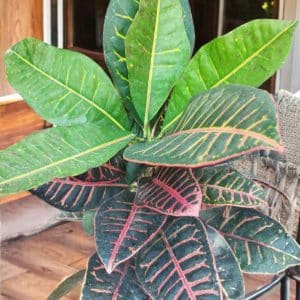
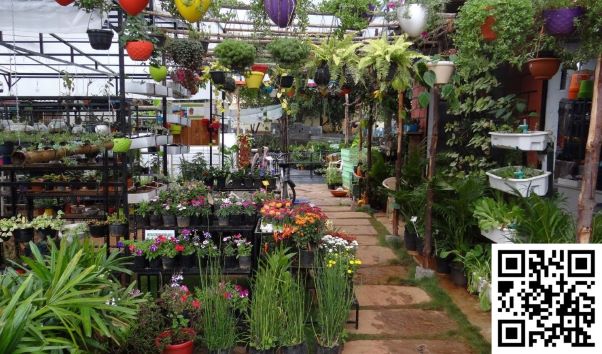
Reviews
There are no reviews yet.